Is there a statsmodels API to retrieve prediction intervals from statsmodels timeseries models?
Currently, I'm manually calculating the prediction intervals using:
Here's my code. First, get some sample data ...
! python -c 'import datapackage' || pip install datapackage
%matplotlib inline
import datapackage
from statsmodels.graphics.tsaplots import plot_acf
from statsmodels.tsa.api import SimpleExpSmoothing
import statsmodels.api as sm
import pandas as pd
import numpy as np
import matplotlib.pyplot as plt
def get_data():
# data licensed for non-commercial use only - https://datahub.io/core/bond-yields-uk-10y
data_url = 'https://datahub.io/core/bond-yields-uk-10y/datapackage.json'
resources = datapackage.Package(data_url).resources
quarterly_csv_url = [pkg for pkg in resources if pkg.name == 'quarterly_csv'][0].descriptor['path']
data = pd.read_csv(quarterly_csv_url)
data = data.set_index('Date', drop=True).asfreq('Q')
return data
Next, create a forecast and calculate the intervals:
data = get_data()
data = data[ data.index > '2005/']
fit = SimpleExpSmoothing(data).fit()
fcast = fit.forecast(1).rename('Forecast')
xhat = fcast.get_values()[0]
z = 1.96
sse = fit.sse
predint_xminus = xhat - z * np.sqrt(sse/len(data))
predint_xplus = xhat + z * np.sqrt(sse/len(data))
Plot the intervals ...
plt.rcParams["figure.figsize"] = (20,5)
ax = data.plot(legend=True, title='British Goverment Bonds - 10y')
ax.set_xlabel('yield')
#
# 1-Step Prediction
#
prediction = pd.DataFrame(
data = [ data.values[-1][0], xhat ],
index = [ data.index[-1], data.index[-1] + 1 ],
columns = ['1-Step Predicted Rate']
)
_ = prediction.plot(ax=ax, color='black')
#
# upper 95% prediction interval
#
upper_pi_data = pd.DataFrame(
data = [ xhat, predint_xplus ],
index = [ data.index[-1], data.index[-1] + 1 ]
)
_ = upper_pi_data.plot(ax=ax, color='green', legend=False)
#
# lower 95% prediction interval
#
lower_pi_data = pd.DataFrame(
data = [ xhat, predint_xminus ],
index = [ data.index[-1], data.index[-1] + 1 ]
)
_ = lower_pi_data.plot(ax=ax, color='green', legend=False)
I've found similar questions, but not for timeseries models:

